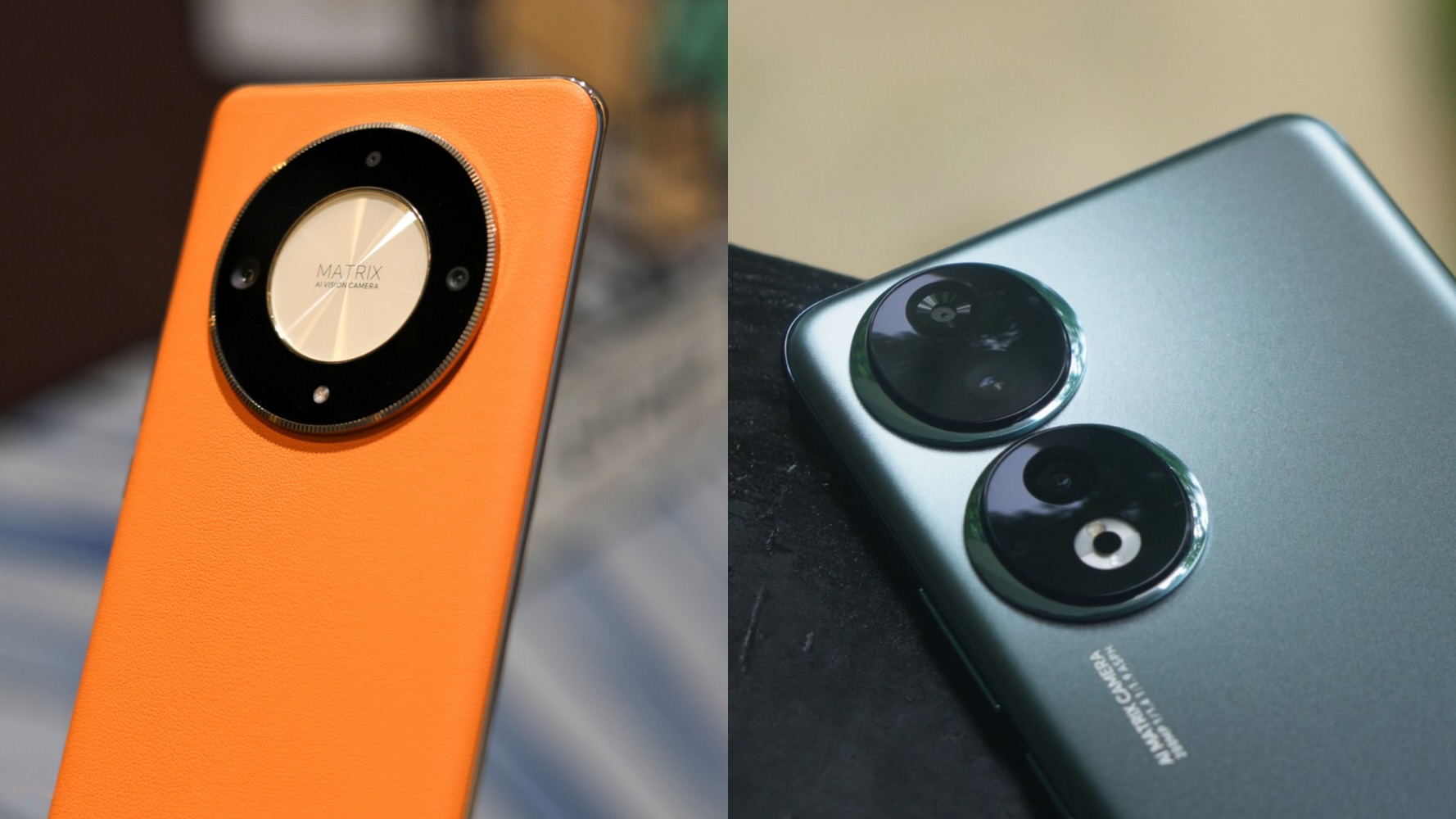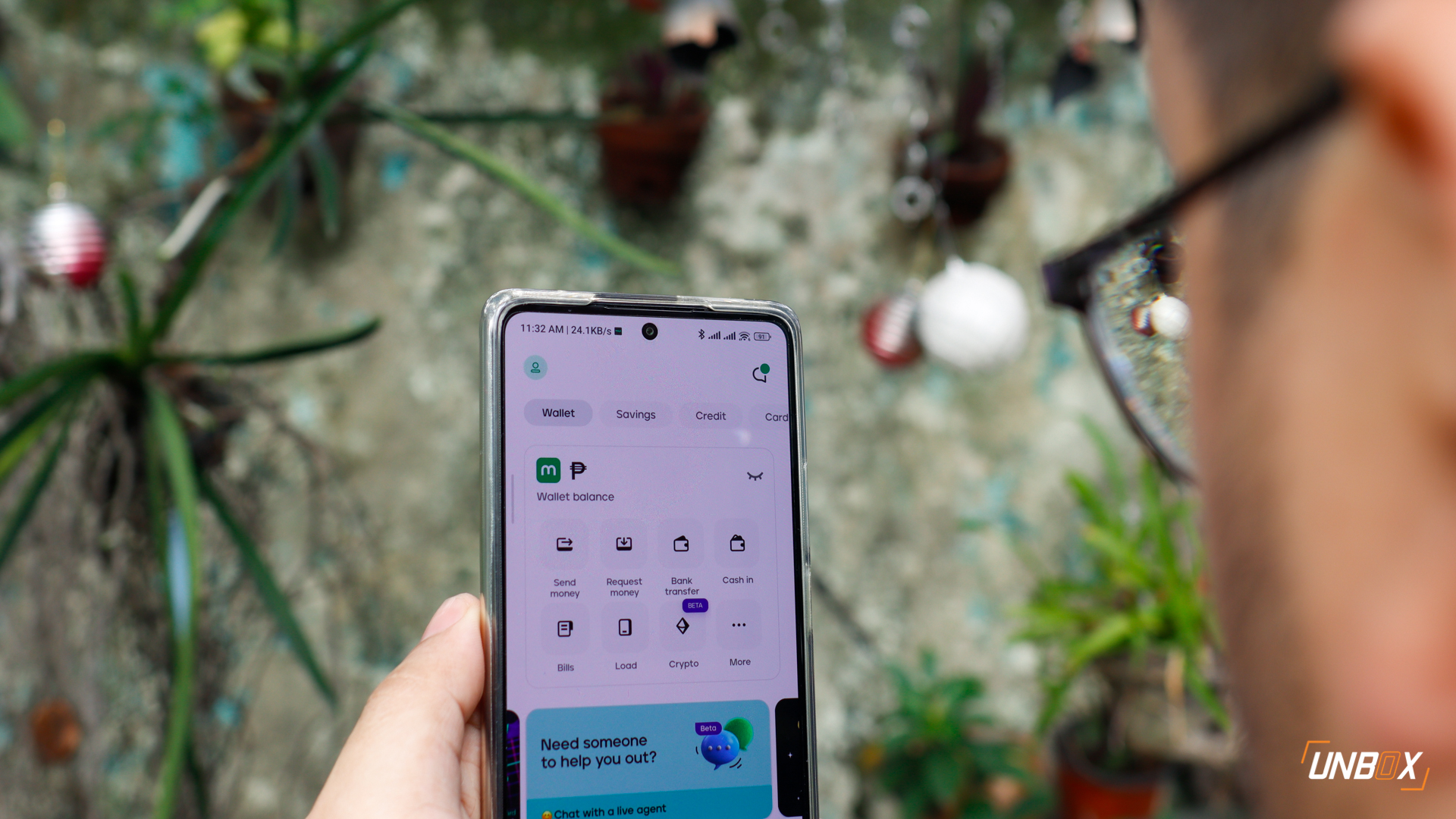
If you didn’t hear, Taiwanese company ASUS has just announced their first ever dual-camera smartphone in the form of the Zenfone 3 Zoom. The ZF3 Zoom is the latest smartphone announced by an OEM that has two cameras in the rear. Phones with twin cameras are fast becoming a common sight nowadays – so the big question now is this: are they the next evolution in smartphone photography or just a passing fad?

Before we answer that, let’s start in the beginning. Phones with two cameras on the rear isn’t a new thing – the first phone to be sold commercially that had two cameras in the rear was HTC’s Evo 3D. The two rear cameras took photos and video slightly offset with each other to create the illusion of 3D when viewed on the phone’s lenticular display. It worked the way it was intended, though the phone didn’t enjoy good sales numbers because of the gimmicky nature of 3D.

The next time we saw dual cameras on a phone, it was on another HTC device – this time on their flagship One M8. This time around, HTC ditched 3D and gone with another function for the second camera – depth information. Paired with the 4-megapixel rear camera, the secondary camera provided depth information that allowed the device to create software bokeh. This particular feature will be one of the biggest selling points of phones with dual cameras, becoming the mainstay features of dual camera phones offered by brands like Huawei, Apple and Starmobile.

Not everybody followed the path forged by HTC though when it came to dual cameras. LG got creative, merging a wide-angle camera with a normal lens. Apple’s solution meanwhile, involved putting two identical lenses that have different zoom levels, allowing users to enjoy optical zoom capabilities without the added bulk of an actual zoom lens. Incidentally, it’s the same setup that ASUS drew inspiration from for the ZF3 Zoom.

So, after that history lesson, the question remains – are phones with dual cameras a passing fad or the next big thing? In our opinion, it’s the wave of the future. Sure, there will still be phones that will have single cameras in them, but dual-camera equipped devices bring quite a bit more to the table than phones with just one camera. That extra lens gives users a whole new set of tools to capture their images with (be it extra zoom, wide-angle lens or monochrome sensor) that just isn’t possible with a single lens camera. As the economies of scale moves forward for dual cameras, you can bet that they’ll start to trickle down to more affordable devices – Huawei’s upcoming GR5 2017 is the most affordable (at least in other countries) of the lot, and it won’t be long till local brands like Cherry Mobile see the appeal of twin-camera phones.




































































